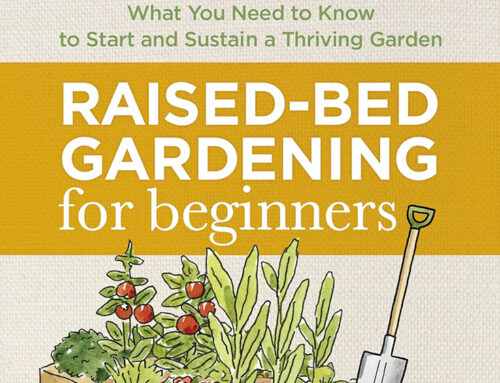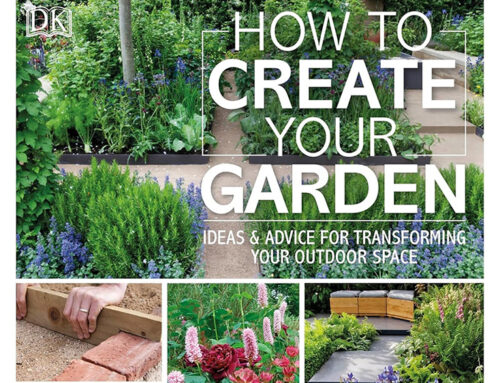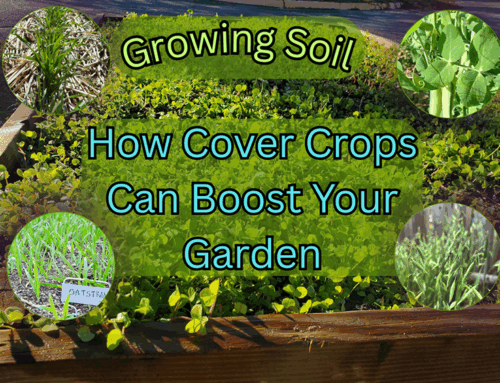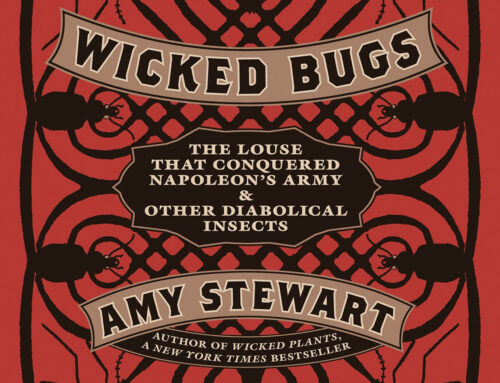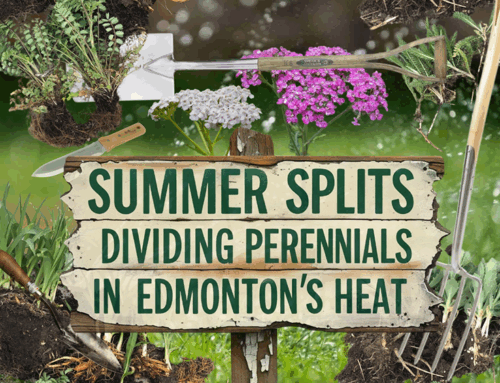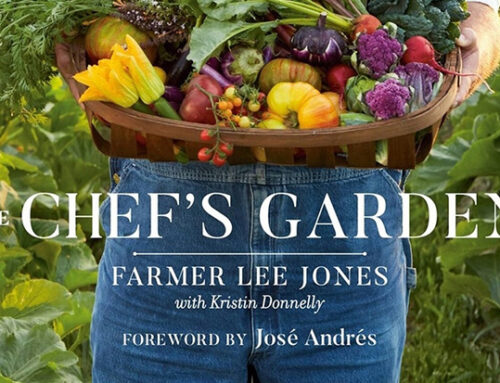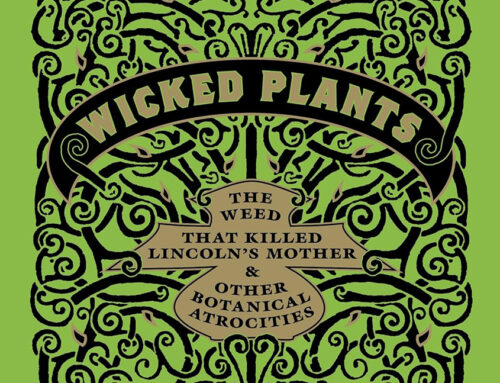Book Review: How To Garden The Low Carbon Way
Reviewed by Brett Kerley
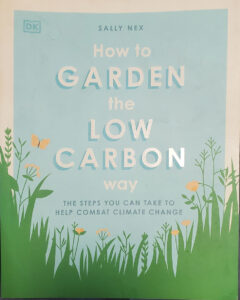 Nex, Sally. How to Garden the Low Carbon Way. DK, 2021 ISBN: 978-0744029284
Nex, Sally. How to Garden the Low Carbon Way. DK, 2021 ISBN: 978-0744029284
How to Garden the Low Carbon Way is a practical guide to gardening with sustainability and climate consciousness at its core. Written by Sally Nex, an experienced horticulturist and gardening journalist, the book aims to help gardeners understand how their choices impact the environment and what steps they can take to reduce their carbon footprint.
With climate change at the forefront of global concerns, this book offers valuable insights into reducing emissions associated with traditional gardening practices. From soil management to plant selection and even everyday gardening tools, Nex provides a roadmap for making a garden not only productive and beautiful but also beneficial for the planet.
Key Themes and Topics
The Carbon Footprint of Gardening
The book opens by educating readers about how traditional gardening contributes to carbon emissions. This includes:
- The impact of peat-based composts on carbon storage.
- How digging disrupts soil ecosystems and releases stored carbon.
- The hidden carbon costs of synthetic fertilizers, pesticides, and plastic gardening tools.
By presenting these facts, Nex sets the stage for why a change in gardening habits is necessary.
Soil Health and the No-Dig Approach
One of the key principles Nex promotes is the no-dig gardening method. She explains how this technique:
- Reduces carbon release from disturbed soil.
- Enhances soil biodiversity, encouraging natural nutrient cycling.
- Improves water retention, reducing the need for irrigation.
She provides practical steps for transitioning to a no-dig system, making it accessible even for beginners.
Sustainable Composting and Fertilizing
The book emphasizes composting as a cornerstone of low-carbon gardening. Nex provides tips on:
- Creating rich compost without methane-producing anaerobic decomposition.
- Avoiding peat-based composts and making homemade alternatives.
- Using organic mulches to feed soil naturally.
She also explores how nitrogen-heavy synthetic fertilizers contribute to greenhouse gas emissions and suggests organic, low-impact alternatives like green manures and homemade liquid feeds, which is something I’ve been experimenting with over the last few years.
Water Conservation Techniques
Water scarcity is a growing concern, and Nex offers solutions for efficient water use, including:
- Rainwater harvesting through barrels and ponds.
- Choosing drought-tolerant plants to reduce irrigation needs.
- Using mulch and ground cover to retain moisture.
She stresses that reducing reliance on treated tap water for gardening is crucial in a sustainable landscape.
Eco-Friendly Plant Choices
Nex advocates for planting climate-resilient species and prioritizing native plants to support local biodiversity. She also encourages:
- Choosing perennials over annuals to reduce soil disturbance.
- Growing edible plants to reduce reliance on carbon-intensive store-bought food.
- Companion planting to naturally deter pests without pesticides.
Reducing Plastic and Waste in the Garden
Plastic is a major environmental issue, and gardening often contributes through plastic pots, seed trays, and synthetic tools. Nex suggests:
- Switching to biodegradable pots made from coir, cardboard, or wood.
- Reusing and recycling materials creatively for gardening purposes.
- Avoiding synthetic weed barriers and opting for natural alternatives like straw or wood chips.
Supporting Wildlife and Enhancing Biodiversity
A low-carbon garden should be a haven for wildlife. Nex encourages:
- Planting hedgerows and wildflowers to provide shelter and food for birds and insects.
- Creating wildlife ponds to support amphibians and pollinators.
- Avoiding chemical pesticides that harm beneficial insects.
She highlights the importance of working with nature rather than against it, making gardening a more symbiotic experience.
Strengths of the Book
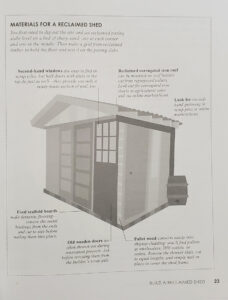 Practical and Actionable Advice – Nex provides concrete steps, checklists, and guides that make sustainable gardening achievable.
Practical and Actionable Advice – Nex provides concrete steps, checklists, and guides that make sustainable gardening achievable.- Accessible for All Levels – The book’s straightforward language and structured approach make it easy to follow.
- Science-Backed but Easy to Understand – Nex explains the science behind carbon emissions and soil health in a digestible way, making complex environmental concepts accessible.
- Visually Engaging – The book contains helpful diagrams and illustrations that enhance understanding.
- Encourages Long-Term Change – Instead of just quick fixes, Nex promotes long-term shifts in mindset and habits that will benefit the environment for years to come.
Areas for Improvement
- Limited Coverage on Urban Gardening – While Nex covers general principles well, more tailored advice for those with small spaces, balconies, or urban settings would be helpful.
- More on Renewable Energy in Gardening – The book touches on sustainability, but topics like solar-powered tools or alternative energy sources for greenhouses could have been explored further.
Final Thoughts
How to Garden the Low Carbon Way is a must-read for any gardener looking to make a real difference in fighting climate change. Whether you have a small backyard, a large community garden, or even just a few containers, Nex’s insights can help you lower your garden’s carbon footprint while still producing beautiful and healthy plants.
If you care about sustainability and want practical ways to reduce waste, conserve water, and support biodiversity, this book is an excellent resource.
How to Garden the Low Carbon Way is available from Edmonton Public Library.


